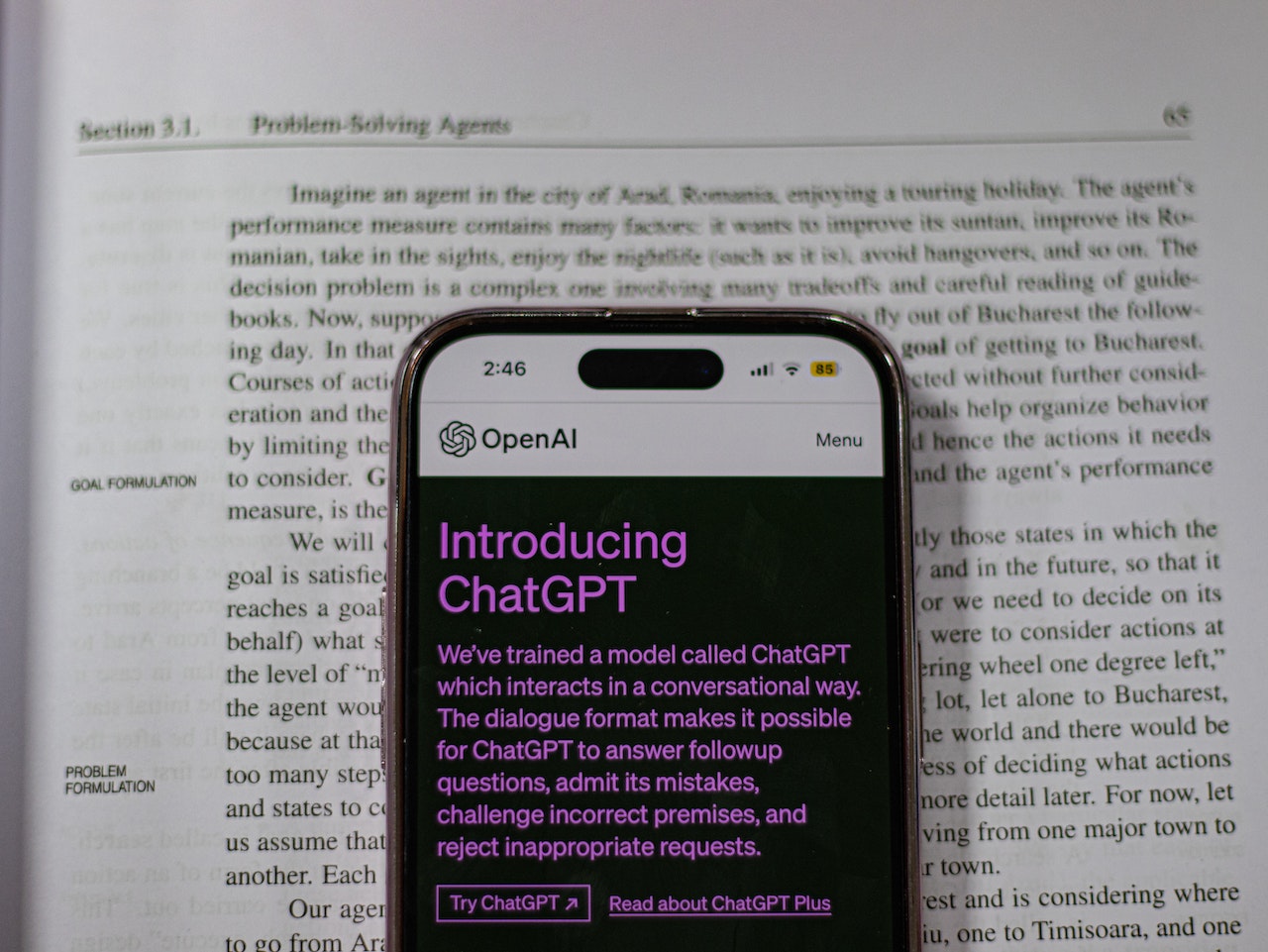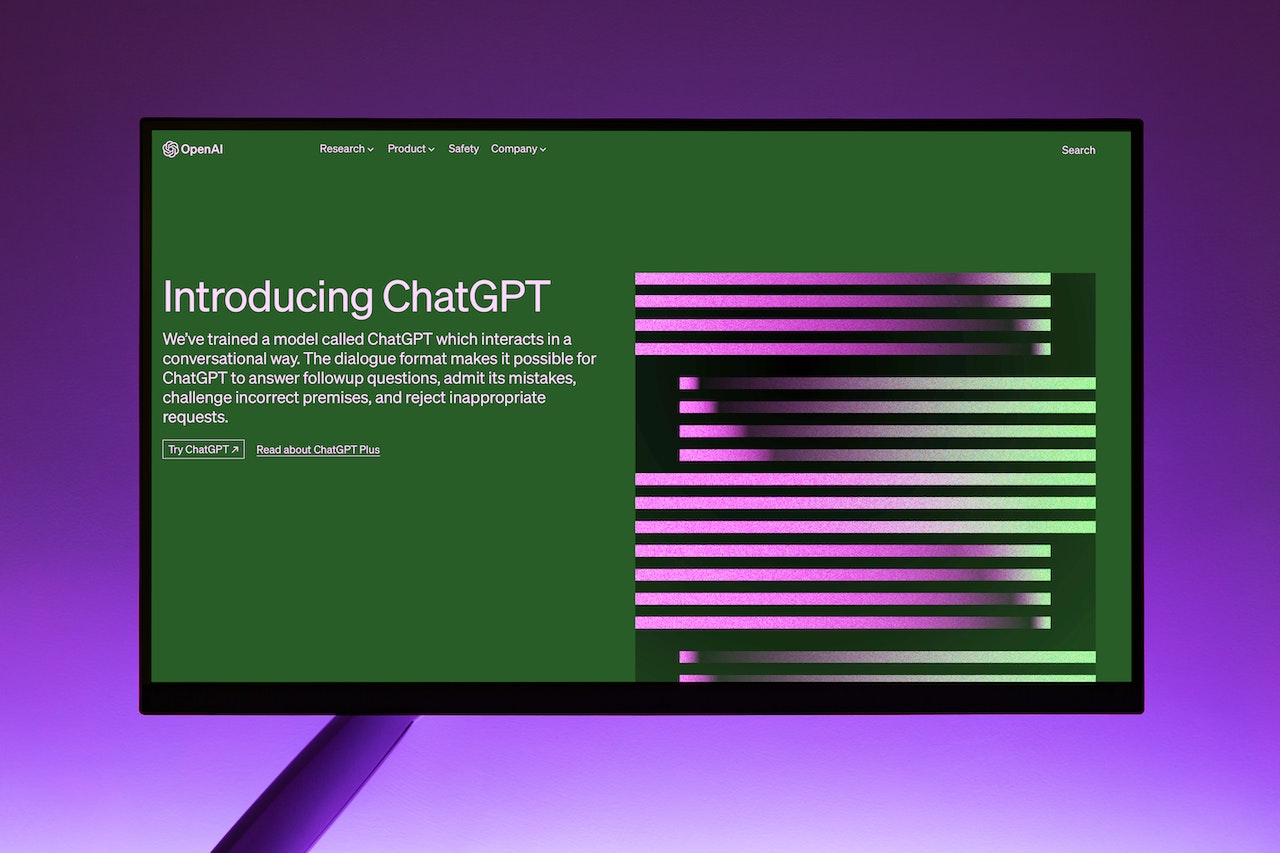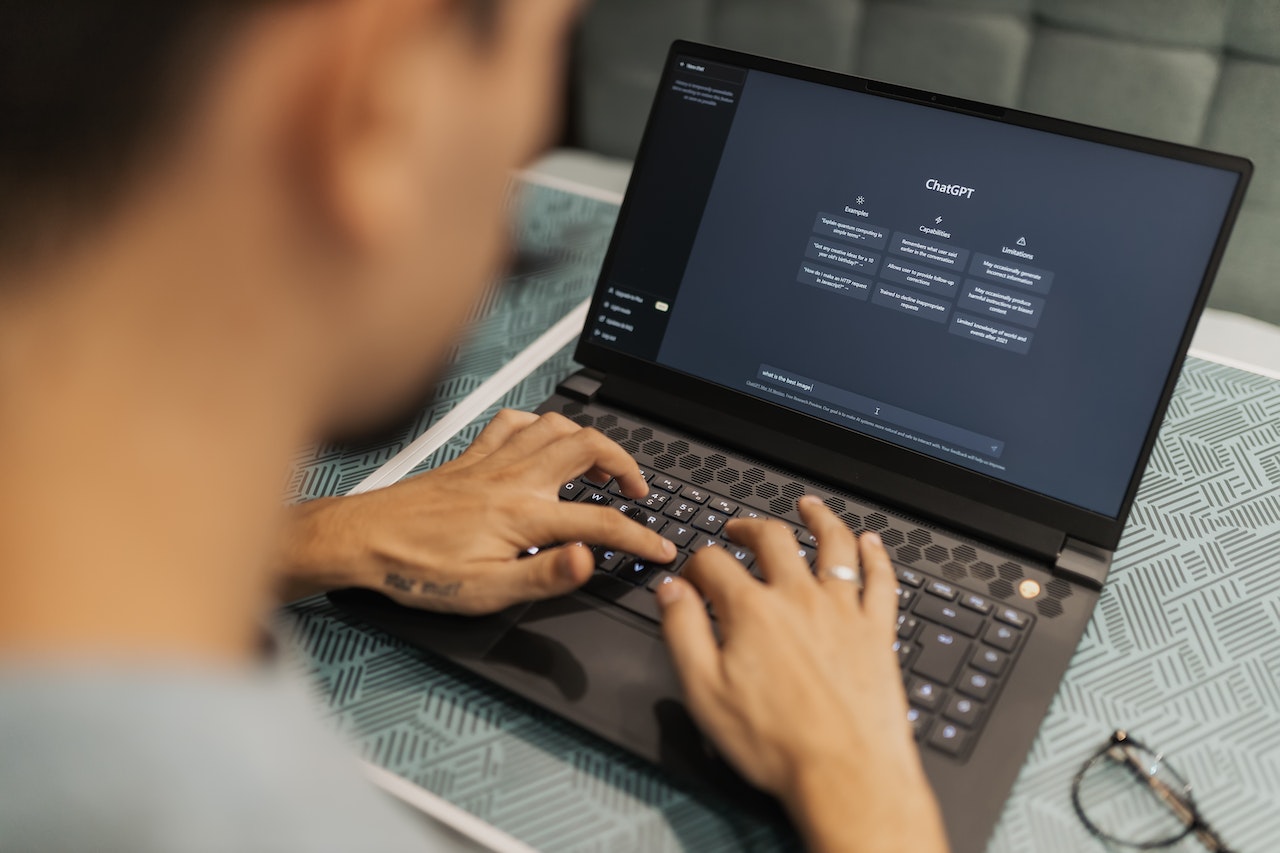AI art has gained immense popularity in recent years, with artists and enthusiasts exploring the creative possibilities offered by artificial intelligence algorithms. While AI algorithms can generate stunning artwork independently, many artists prefer to use AI as a tool to assist their creative process. One effective way to leverage AI in art creation is by using AI art prompts. In this article, we will explore the concept of AI art prompts and provide guidance on how to write compelling prompts that inspire AI-generated art.
Understanding AI Art Prompts
What are AI art prompts?
AI art prompts are written instructions or guidelines that artists provide to AI algorithms to generate art. These prompts can include various elements such as themes, styles, subjects, emotions, and constraints. By providing specific instructions, artists can guide the AI algorithm towards creating artwork that aligns with their vision.
Why use AI art prompts?
AI art prompts offer artists a unique opportunity to combine their creativity with the computational power of AI algorithms. By using prompts, artists can explore new artistic directions, push their creative boundaries, and even discover unexpected outcomes. AI art prompts serve as a starting point, sparking inspiration and providing a framework for AI-generated artwork.
How to Write AI Art Prompts
Crafting effective AI art prompts requires careful consideration and clarity. Here are some steps to help you write compelling prompts that lead to intriguing AI-generated art:
Start with a concept or theme
Begin by identifying a concept or theme that you want the AI algorithm to explore. It could be something broad like “nature” or “love,” or more specific such as “futuristic cityscapes” or “dream-like landscapes.” The concept or theme sets the foundation for the entire artwork.
Define the artistic style
Decide on the desired artistic style for the AI-generated art. It could be realistic, impressionistic, abstract, or any other style that resonates with your vision. Clearly communicating the style helps the AI algorithm understand the aesthetic direction you want to pursue.
Specify desired elements or subjects
Outline the elements or subjects you want the AI-generated artwork to include. For example, if you’re interested in creating a portrait, specify the age, gender, or any other characteristics you envision for the subject. If you’re aiming for a landscape, mention specific landmarks or natural features.
Determine the level of detail
Consider the level of detail you want the AI-generated artwork to possess. Do you prefer intricate, highly detailed pieces, or do you envision a more minimalist approach? Communicating the desired level of detail guides the AI algorithm in generating artwork that aligns with your preferences.
Incorporate emotions or moods
Art often evokes emotions, and AI-generated art is no exception. Describe the emotions or moods you want the artwork to convey. Whether it’s joy, sadness, serenity, or awe, expressing the desired emotional impact helps the AI algorithm in capturing the intended atmosphere.
Consider any constraints or limitations
If there are any specific constraints or limitations you want to impose on the AI-generated art, make them explicit in the prompt. It could be restricting the color palette, using specific brush strokes, or adhering to certain compositional rules. Constraints can inspire creativity and lead to unique outcomes.
Tips for Crafting Effective AI Art Prompts
Writing effective AI art prompts requires attention to detail and clear communication. Here are some tips to help you craft prompts that generate compelling AI art:
Be clear and concise
Keep your prompts clear and concise, avoiding unnecessary complexity. The AI algorithm needs to understand your instructions easily, so use straightforward language and avoid ambiguity.
Use descriptive language
Employ vivid and descriptive language to convey your vision effectively. Paint a picture with words and provide enough context for the AI algorithm to grasp the essence of your desired artwork.
Provide visual references if possible
If applicable, include visual references to support your prompt. You can provide sketches, photographs, or even links to existing artworks that capture the mood, style, or elements you have in mind. Visual references can greatly enhance the understanding of your prompt.
Experiment with different prompts
Don’t be afraid to experiment with different prompts to explore diverse artistic outcomes. By varying the concepts, styles, or constraints, you can uncover unexpected artistic possibilities and discover new facets of AI-generated art.
Examples of AI Art Prompts
To illustrate the diverse range of AI art prompts, here are a few examples across different genres:
Abstract AI art prompt
Create an abstract artwork that explores the concept of time and motion. Use vibrant colors and dynamic shapes to convey a sense of energy and movement.
Landscape AI art prompt
Generate a serene landscape that showcases the beauty of a coastal scene during sunset. Capture the interplay between the golden hues of the sky and the tranquil waters.
Portrait AI art prompt
Produce a portrait that portrays the inner strength and resilience of an elderly person. Emphasize the character lines and wrinkles to convey a life well-lived.
Surreal AI art prompt
Compose a surreal artwork that combines elements of nature and technology. Merge organic forms with futuristic elements to create a thought-provoking juxtaposition.
Still life AI art prompt
Construct a still life artwork featuring everyday objects arranged in an unconventional way. Play with lighting and shadows to create an intriguing composition.
Exploring the Boundaries of AI Art Prompts
AI art prompts offer a gateway to exploring the boundaries of creativity and collaboration between humans and algorithms. Here are a few ways to push the limits of AI art prompts:
Pushing the limits of creativity
Challenge the AI algorithm by providing prompts that defy conventions and push the boundaries of what is considered “normal” or “expected.” Encourage the generation of novel and groundbreaking art that breaks free from traditional artistic norms.
Collaborating with AI algorithms
Instead of treating AI algorithms as mere tools, embrace them as creative collaborators. Experiment with prompts that invite the AI algorithm to actively contribute to the artistic process, blurring the lines between human and machine creativity.
Incorporating randomness and chance
Introduce an element of randomness or chance into the prompts to foster unexpected outcomes. Allow the AI algorithm to surprise you with unique combinations, compositions, or interpretations that you might not have envisioned initially.
Conclusion
Writing compelling AI art prompts is an art form in itself. By understanding the key elements of a prompt and employing effective writing techniques, artists can inspire AI algorithms to generate captivating artworks. Remember to be clear, descriptive, and open to experimentation. AI art prompts open doors to endless creative possibilities, enabling artists to embark on exciting artistic journeys.
FAQs
- Can AI art prompts replace human creativity? AI art prompts should be seen as tools that augment human creativity rather than replace it. They serve as sources of inspiration and guidance, helping artists explore new artistic directions and collaborate with AI algorithms.
- How can AI art prompts benefit artists? AI art prompts provide artists with a fresh perspective and push the boundaries of their creativity. They can spark new ideas, lead to unexpected artistic outcomes, and encourage artists to explore uncharted territories.
- Are there any ethical concerns with AI art prompts? Ethical concerns in AI art prompts primarily arise from issues such as intellectual property rights, algorithmic biases, and the question of authorship. It’s essential for artists and developers to be mindful of these concerns and ensure ethical practices in AI-generated art.
- What tools can be used to generate AI art prompts? Several tools and platforms exist to generate AI art prompts. Some popular options include using pre-trained models like OpenAI’s CLIP, leveraging GANs (Generative Adversarial Networks), or employing specific software developed for AI art generation.
- Can AI art prompts be used in other creative fields? While AI art prompts are commonly associated with visual art, the concept can be applied to other creative fields as well. Writers, musicians, and designers, for example, can use AI prompts to inspire their work and explore new avenues of creativity.





